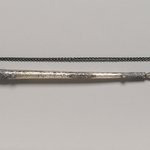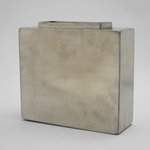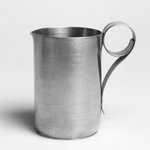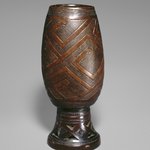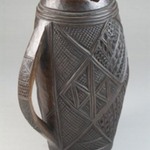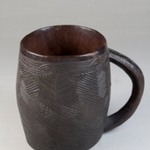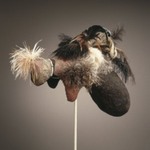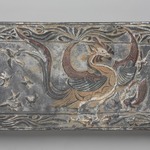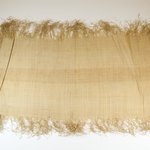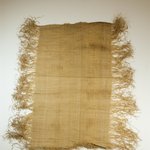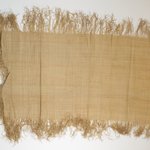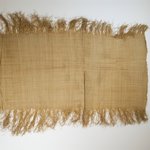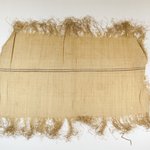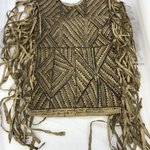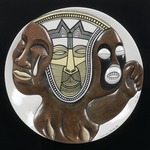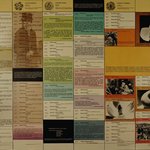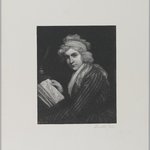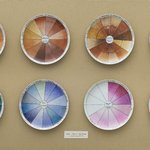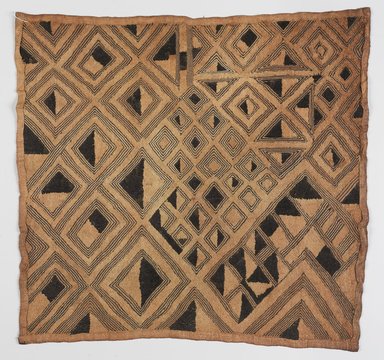
Prestige Raffia Panel
Arts of Africa
In the embroidered runner for Sojourner Truth (American, c. 1797–1883), Chicago and her collaborators intermingled Central African strip-weaving techniques with the symbolic quilt-making of African American artists such as Harriet Powers (American, 1839–1910), who, like Truth, was born into slavery. As a feminist artist, Chicago placed great weight on the liberating power of knowing one’s historical and aesthetic antecedents. In the Truth runner she used patterns akin to those from Kuba culture, thereby alluding to the knowledge of heritage denied to African Americans by white society. In early notes for the runner, Chicago considered using “homely fabrics” to convey Truth’s life circumstances, but elected instead to honor the rich textile traditions of black culture before the start of the Atlantic slave trade.
CULTURE
Kuba
MEDIUM
Raffia palm fiber, pigment, inks
DATES
20th century
DIMENSIONS
22 x 22 1/2 in. (55.9 x 57.2 cm) (show scale)



COLLECTIONS
Arts of Africa
ACCESSION NUMBER
2005.30.14
CREDIT LINE
Transferred from The Metropolitan Museum of Art, The William B. Goldstein Collection
MUSEUM LOCATION
This item is not on view
CAPTION
Kuba. Prestige Raffia Panel, 20th century. Raffia palm fiber, pigment, inks, 22 x 22 1/2 in. (55.9 x 57.2 cm). Brooklyn Museum, Transferred from The Metropolitan Museum of Art, The William B. Goldstein Collection, 2005.30.14. Creative Commons-BY (Photo: , 2005.30.14_PS9.jpg)
IMAGE
overall, 2005.30.14_PS9.jpg., 2017
"CUR" at the beginning of an image file name means that the image was created by a curatorial staff member. These study images may be digital point-and-shoot photographs, when we don\'t yet have high-quality studio photography, or they may be scans of older negatives, slides, or photographic prints, providing historical documentation of the object.
RIGHTS STATEMENT
Creative Commons-BY
You may download and use Brooklyn Museum images of this three-dimensional work in accordance with a Creative Commons license. Fair use, as understood under the United States Copyright Act, may also apply.
Please include caption information from this page and credit the Brooklyn Museum. If you need a high resolution file, please fill out our online application form (charges apply).
For further information about copyright, we recommend resources at the United States Library of Congress, Cornell University, Copyright and Cultural Institutions: Guidelines for U.S. Libraries, Archives, and Museums, and Copyright Watch.
For more information about the Museum's rights project, including how rights types are assigned, please see our blog posts on copyright.
If you have any information regarding this work and rights to it, please contact copyright@brooklynmuseum.org.
RECORD COMPLETENESS
Not every record you will find here is complete. More information is available for some works than for others, and some entries have been updated more recently. Records are frequently reviewed and revised, and we welcome any additional information you might have.
